If you’re like me you, you feel conflicted about the November garden: one part of you would like to get outside and grab some fresh air, the other part of you is tired at the end of the gardening season. Lucky us — there are small yet important things to do if you’d like to brave the chill.

Benjamin Vogt / Monarch Gardens
A large “small” thing is to mulch. Common wisdom says to mulch new plants after the ground freezes to prevent frost heave, but I’m not a common sense sort of guy. I mulch as I plant so I don’t have to be outside when it’s cold.
But if you haven’t mulched new plants, do so now, and also freshen up those sun-soaked pathways where mulch decomposes faster. Go ahead and give your garden a good watering too if you've had a dry summer and fall — this will increase the odds of plant's survival if it's a hard winter.
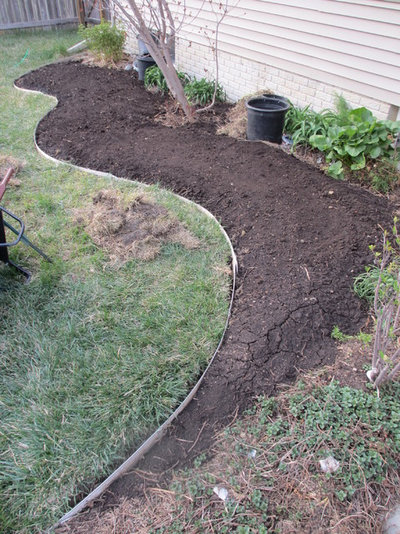
Benjamin Vogt / Monarch Gardens
If you’ve been thinking about a new bed, a warm late fall afternoon is a good time to get one in. Dump at least half a foot of compost over the lawn, or turn over the lawn and then dump new soil on top. Over the winter it will settle in and get incorporated by worms and microorganisms, setting up a successful spring planting.
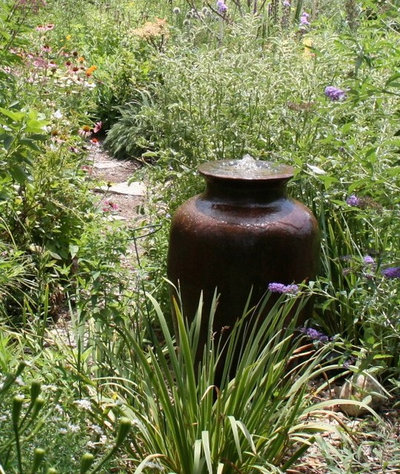
Benjamin Vogt / Monarch Gardens
Make sure you take out water pumps from fountains and streams. They are mighty expensive to replace if they freeze and break. If you have a concrete fountain, a waterproof cover works wonders to keep out freezing ice that could crack and shatter it.
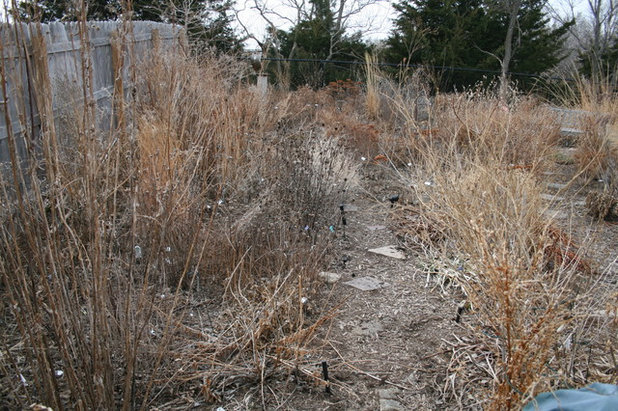
Benjamin Vogt / Monarch Gardens
Don’t cut down the garden. It will be better protected against ice and snow if left standing, will provide cover for wildlife and will look stunning in winter. Trust me.

Benjamin Vogt / Monarch Gardens
Have any leftover plant containers? I use 10- to 20-gallon pots to start new plants. Many seeds need to be cold and moist stratified — which means they need months of freezing, wet weather to break dormancy in spring. Toss some potting soil in a container (or a mix of clay and compost), drop in some seeds, stir them up a bit on the soil surface and leave until spring. You’ll have many free seedlings come April and May.

Benjamin Vogt / Monarch Gardens
Most people think about daffodils, tulips and crocus bulb planting in fall, but tiny iris
reticulata
are another possibility and bloom in March here in USDA zone 5.
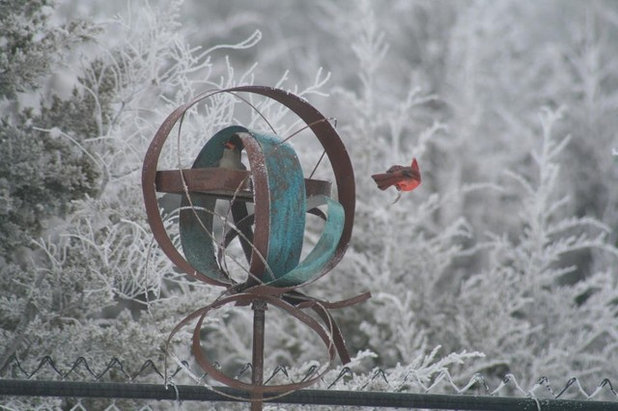
Benjamin Vogt / Monarch Gardens
Right now birds are scouting out food and water sources for the winter, some even remember them year after year. Make sure you put out birdseed consistently in your feeders, and …
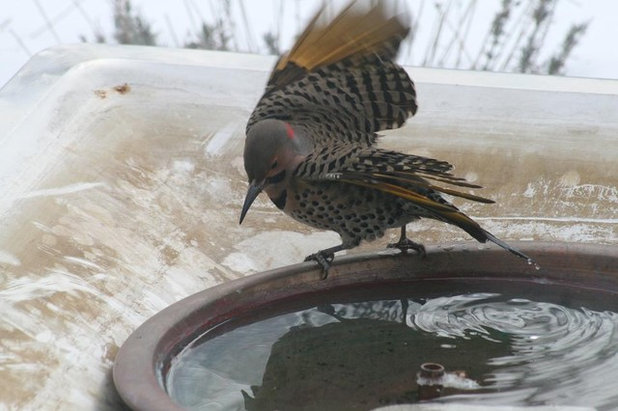
Benjamin Vogt / Monarch Gardens
… invest in a 60-100 watt birdbath heater. If you have both seed and open water in winter, I guarantee quite a show, and probably birds you’ve never seen before (like this yellow-shafted northern flicker).
Tell us: What other winter prep tips do you have?
More guides to Central Plains gardening | Find your U.S. garden checklist





